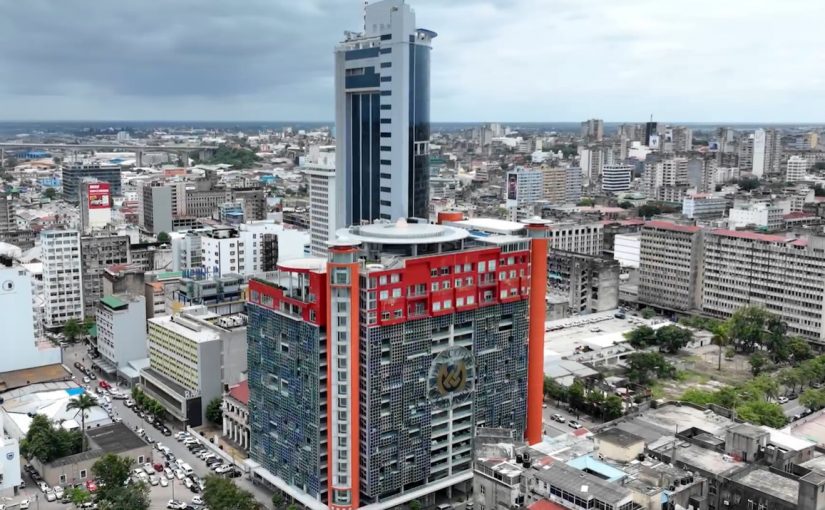Mozambican PM pledges to promote comprehensive cooperation with Vietnam
Mozambique: Banks’ mandatory reserves have already fallen 27% in 2025

File photo: Banco de Moçambique
Mozambican banks’ mandatory reserves, which are based on the deposits they hold, fell again in June, to 212.798 billion meticais (€2.859 billion), a cumulative 27% drop this year, according to official data.
According to the Bank of Mozambique’s latest statistical reports, these mandatory reserves, held at the central bank, compared with last December’s record of 291.457 billion meticais (€3.916 billion), immediately before restrictions were eased.
In April, the volume of these reserves required by banks rose to 227,373 million meticais (€3,054 million), and in May they fell 4.3%, followed by a further 2% drop in June, according to the most recent central bank report, accessed by Lusa today.
The Bank of Mozambique set the mandatory reserves of commercial banks at a ratio of 10.5% in national currency and 11% in foreign currency in early January 2023. In the first six months of that year, the ratios were increased twice to “absorb excess liquidity in the banking system, with the potential to generate inflationary pressure.”
The last of these increases occurred in June 2023, reaching 39% of deposits in national currency and 39.5% in foreign currency.
Since the end of December 2022, when they reached 62.144 billion meticais (€834 million), the volume of bank reserves held by the central bank increased by almost 400% by the end of 2024.
Given the lack of foreign currency in the domestic market, Mozambican businesspeople have insisted in recent months on the need for the central bank to ease the mandatory reserve ratios in foreign currency.
This decision was only made on January 27 of this year, when the Monetary Policy Committee (CPMO) of the Bank of Mozambique decided to cut the mandatory reserve ratios in national currency to 29% and in foreign currency to 29.5%.
“Aiming to provide more liquidity to support the economy in restoring productive capacity and the supply of goods and services,” stated the CPMO meeting statement.
Meanwhile, the governor of the Bank of Mozambique, Rogério Zandamela, stated on March 26 that liquidity in the financial system, particularly in foreign currency, was sufficient, following the January reduction of the coefficients, which he does not expect to repeat.
“Right now, we are comfortable with the existing liquidity level in the system. There is no need to touch structural liquidity by changing the mandatory reserves. We will maintain them. The coefficients are not something to be trifled with,” said the governor, when questioned by journalists at the end of the last CPMO meeting.
In its March, May, and July meetings, the CPMO cut interest rates again but kept the mandatory coefficients unchanged, with Rogério Zandamela justifying that the measure adopted at the previous meeting “freed up a lot of liquidity”.












Leave a Reply
Be the First to Comment!
You must be logged in to post a comment.
You must be logged in to post a comment.